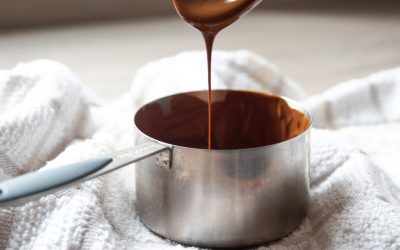How to make fluid gels
I remember when I started in the kitchen and fluid gels where something everyone had heard of but no one was using. It seemed like a weird bit of molecular gastronomy that represented a shift away from the classic way of doing things.
Fast forward 15 years and you find fluid gels on most menus. They are a great way to add a pop of flavour to a dish and better than creams. Especially when it comes to diluting the flavour. When making a fruit cream you will need to add the sugar as well as some form of setting agent. Normally eggs and other things such as butter.
With fluid gels the only additives are sugar and agar agar, so the flavour is completely undiluted.
Agar Agar
Agar agar is the powder used to make fluid gels. It is made from red algae (vegan) which makes gels really versatile. Agar Agar is not thermo reversible like gelatine, meaning that you can’t set it and then melt it again. On that point, agar agar can also make hot jellies. Instead of blitzing the recipe, once it is set you can cut the jelly into cubes. This then allows you to warm it through without it melting.
The process is almost always the same. Take your puree (try not to just use juice as this gives a watery gel) and boil with 10% of the puree’s weight in sugar and 1% agar agar. For example, if you have 100g of raspberry puree that would be 10g of sugar and 1g agar agar. This works for most purees but the sugar content sometimes needs adjusting depending on the flavour.
When you use very acidic flavours such as lemon and passionfruit, the quantities change a little since acid affects the setting of agar agar. I have included these recipes for citrus fruits and always use the classic 100/10/1 as per above for everything else.
This first one is great for passionfruit gel and can also handle other strong acidic puree.
For hundreds more recipes, check out my recipe file here
Passionfruit Gel




